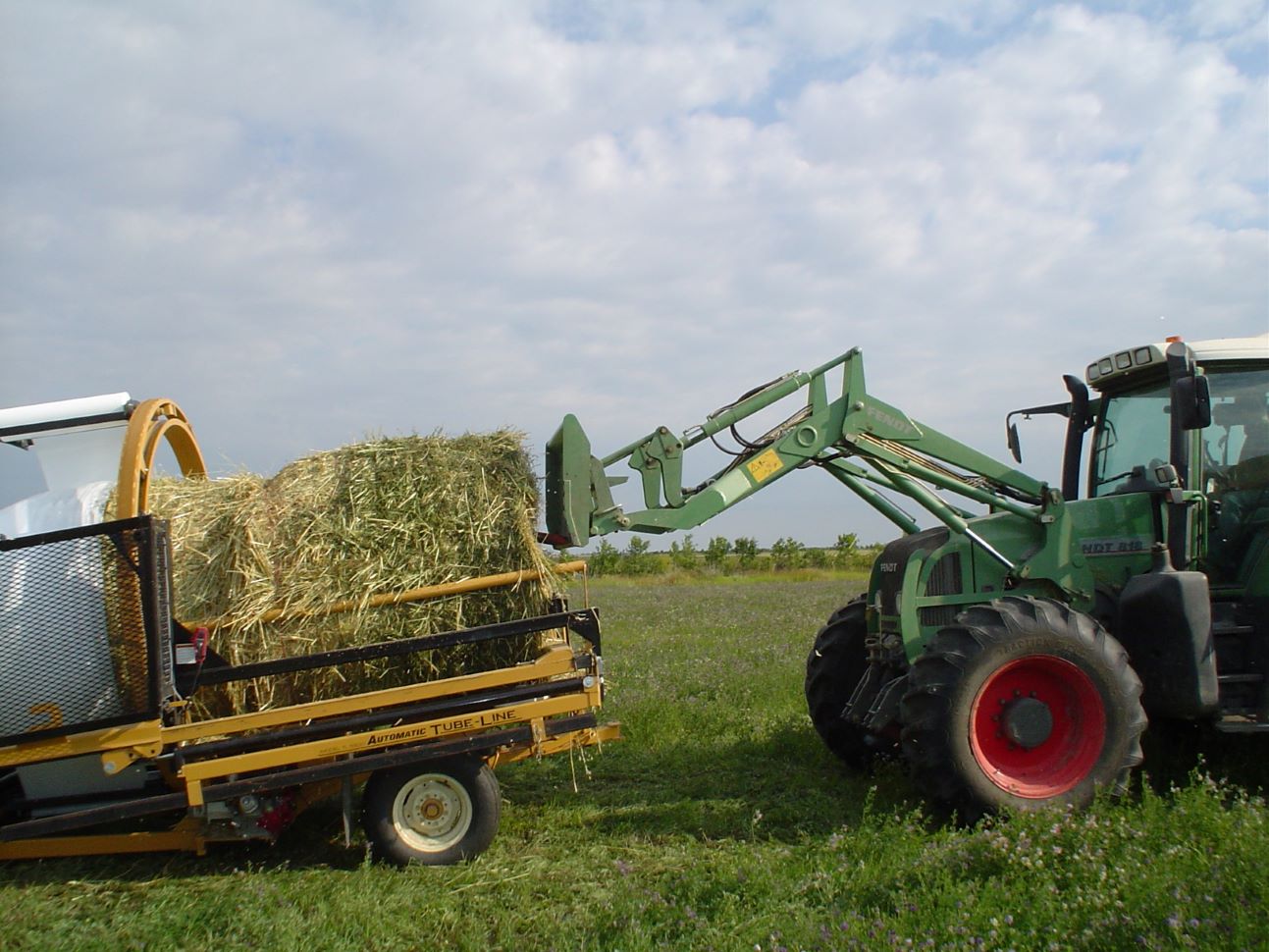The latest Saskatchewan Crop Report paints a familiar but sobering picture for farmers: some rain has helped, but heat and dry conditions are taking a toll — especially in the south and northwest.
“Crop conditions are rated as fair to good,” said Kim Stonehouse, a crops extension specialist with the Ministry of Agriculture.
“There’s a small number rated as excellent, and a few, of course, poor. The crops are showing slight improvement over conditions we saw two weeks ago.”
But, he said, those improvements are uneven. “The lowest-rated crops are occurring in the southwest, northwest, and parts of the northeast where conditions are driest."
Sporadic rainfall has brought some relief, with the Richmound area receiving 62 mm and Meadow Lake and Alida picking up just under 50 mm. But many regions received only trace amounts, and it wasn’t enough to maintain soil moisture.
Across the province, 65 per cent of cropland topsoil moisture is rated adequate, with 28 per cent short and 7 per cent very short. Pasture and hayland conditions are worse, especially in the northwest, where nearly 30 per cent of hayland and nearly 40 per cent of pasture are in very short supply.
Stonehouse said the biggest concerns right now are dry heat and insect damage.
“Heat and dry conditions tend to be reported weekly as causing some of the most major damage across the province,” he said. “Although gophers, grasshoppers, flea beetles, and aphids are also causing significant damage in drier areas."
These factors are also shortening the flowering period for many crops, especially canola and flax, which depend on moisture at this stage for yield.
“Producers are a bit concerned about how this will impact yield,” Stonehouse said. “Moisture is still going to be needed to help with head and seed pod filling, but for some of the more advanced crops, additional moisture will have very little impact on yield at this stage.”
Harvest preparation is already underway in parts of the province, with haying nearing completion in many regions. Province-wide, 68 per cent of the first-cut hay is baled or silaged, with another 21 per cent cut and 11 per cent still standing.
“The hay quality overall is pretty solid,” Stonehouse noted. “Eight per cent is rated excellent, 56 per cent good, 30 per cent fair and 6 per cent poor.”
But he added that a second cut might not be possible in many areas unless a meaningful amount of rain arrives soon. “There may be areas that would normally get a second cut that won’t this year.”
The Ministry of Agriculture continues to remind producers to prioritize safety as harvest approaches and to take precautions to prevent field fires.
Farmers can find weekly crop reports and more detailed regional breakdowns at saskatchewan.ca/crop-report, or follow updates on X at @SKAgriculture.
For mental health support, the Farm Stress Line remains open at 1-800-667-4442.
